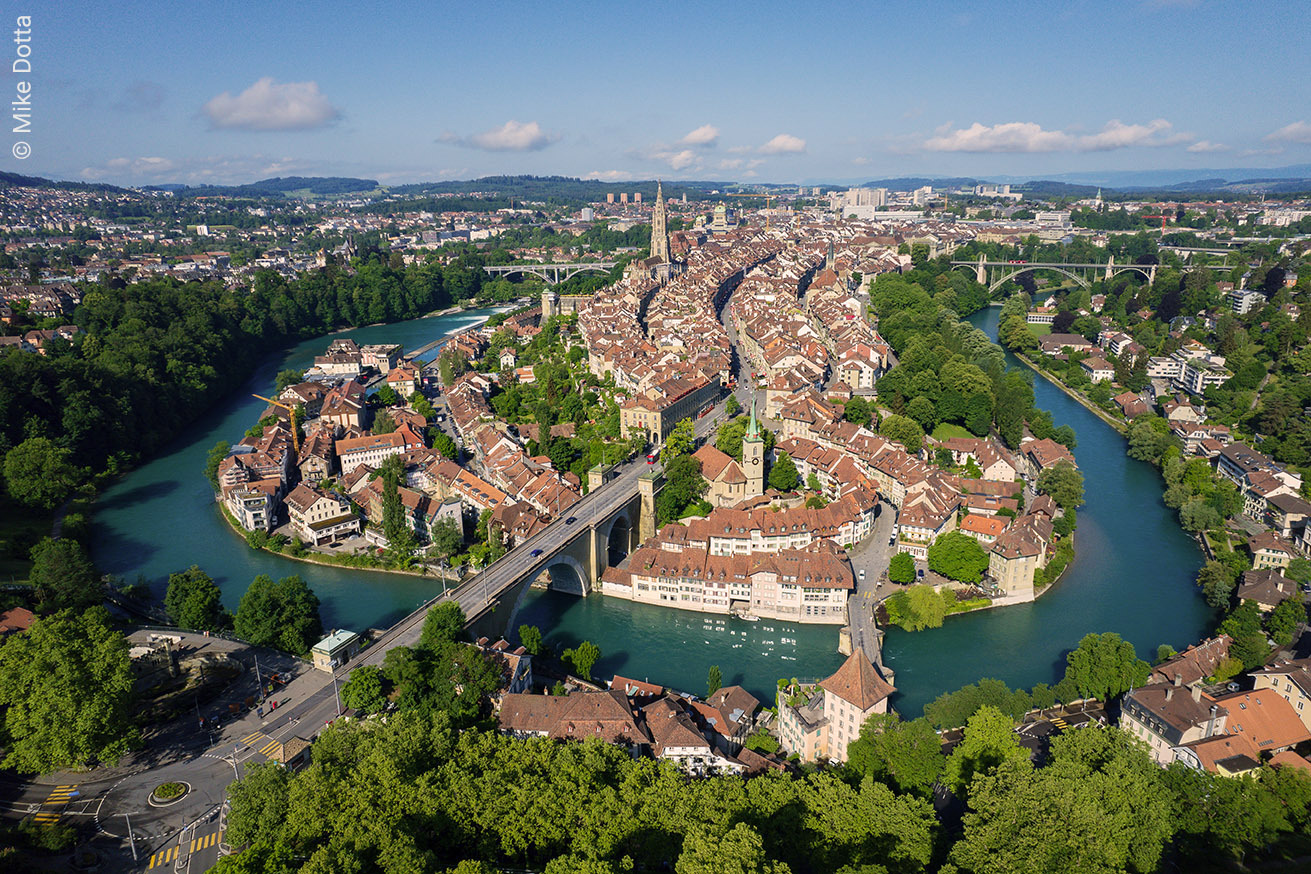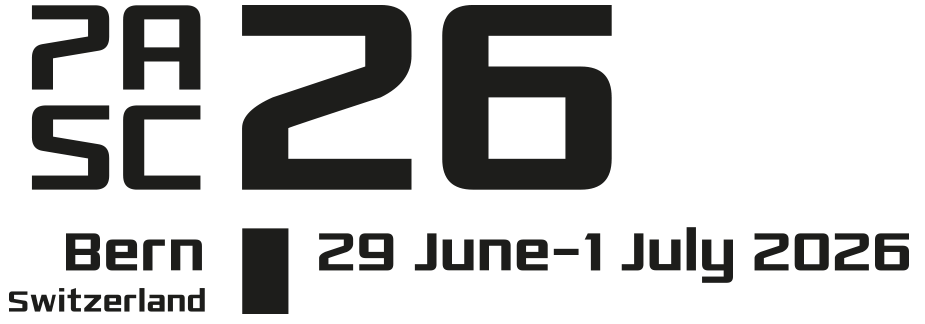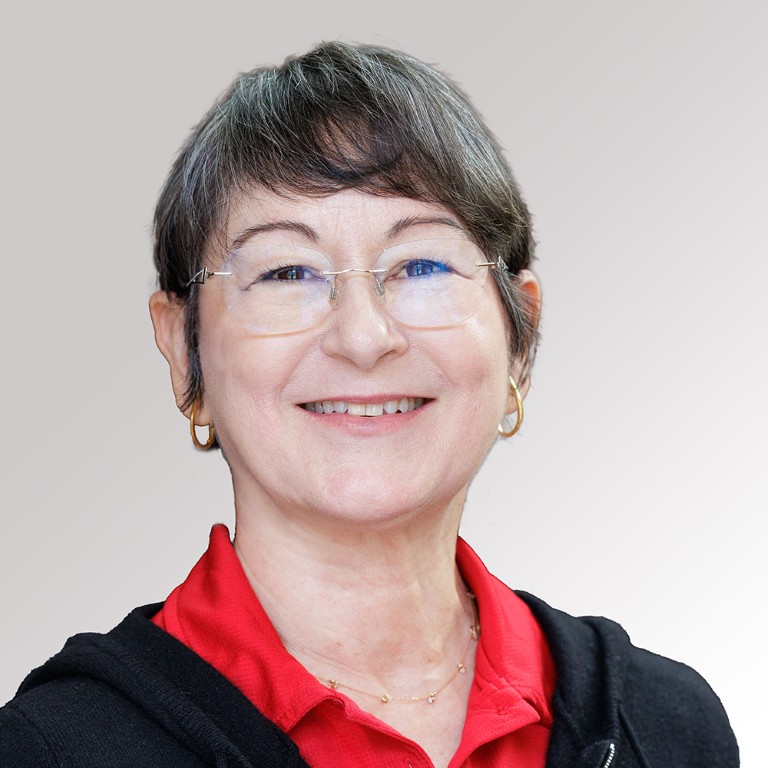THE PASC26 CONFERENCE
The Platform for Advanced Scientific Computing (PASC) Conference, co-sponsored by the Association for Computing Machinery (ACM) and the Swiss National Supercomputing Centre (CSCS), will be held from June 29 to July 1, 2026, at Universität Bern & PHBern, in Bern, Switzerland.
June 29 – July 1, 2026
Universität Bern & PHBern, Fabrikstrasse 6 and Fabrikstrasse 8, 3012 Bern, Switzerland
PASC26 Theme
Building Trust in Science through HPC Co-Design
High Performance Computing (HPC) co-design is realized through collaboration among individuals and teams who shape interoperability among hardware and software technologies, artificial intelligence, distributed computing infrastructure, advanced simulation and real-time data analysis.
As scientific discoveries and challenges grow in scale and complexity, enabled by high-fidelity mathematical models, cross-cutting artificial intelligence (AI), and the rise in computational capacity,
- How can we ensure trust in the methods, processes, and solutions derived through exascale-class co-design?
- How can we enable validated, reproducible, and reliable scientific results with HPC?
- How will co-design position HPC for future demands on scientific system trustworthiness?
- How can we strengthen societal trust towards the research ecosystems?
- Can the scientific computing community help deepen public communication regarding research findings?
We invite the PASC26 audience to join us in exploring topics such as:
- AI in medicine and healthcare: How do we work with doctors and patients to enhance confidence and reliability in diagnoses?
- Extreme weather event modeling and simulation: Can we demonstrate validity of our models to improve trust in reliability and efficacy in our results?
- Energy assurance and security: What role does co-design play in developing reliable and resilient infrastructure?
- Epidemiological and disease modeling: How does co-design contribute to timely communication of results?
- Digital Twins and Collaborative Virtual Environments: How can we visualize, interact, and experience scientific phenomena meaningfully and in ways that reduce uncertainty in our understanding?
Conference Chairs
Dominik Obrist
University of Bern, Switzerland
Dominik Obrist is Professor of Cardiovascular Engineering at the ARTORG Center for Biomedical Engineering Research of the University of Bern. He holds a degree in mechanical engineering from ETH Zurich and earned his doctoral degree in 2000 at the Department of Applied Mathematics of the University of Washington. From 2000 to 2005, he worked for the supercomputer company Cray Inc. In 2005, Dominik Obrist returned to academia as a senior researcher at the Institute of Fluid Dynamics of ETH Zurich, where he established a research group for biomedical fluid dynamics. His main research interests include the design of heart valve prostheses and the development of novel technology for the diagnosis and treatment of microvascular diseases.
Elaine M. Raybourn
Sandia National Laboratories, US
Elaine M. Raybourn is a social scientist in Engineering and Software Research at Sandia National Laboratories contributing to DOE Office of Science Advanced Scientific Computing Research (ASCR) Next Generation Scientific Software Technologies (NGSST) stewardship, and formerly to the Exascale Computing Project (ECP). She holds a Ph.D. in Intercultural Communication with an emphasis in Human Computer Interaction from the University of New Mexico, and a Graduate Certificate in Modeling & Simulation of Behavioral Cybersecurity from the University of Central Florida. Her research interests include socio-technical systems of scientific software teams of teams, collaborative immersive virtual environments, responsible AI, and the diffusion of innovations. Elaine was a European Research Consortium for Informatics and Mathematics (ERCIM) Fellow and is a member of ACM, SIGCHI, and SIAM.




